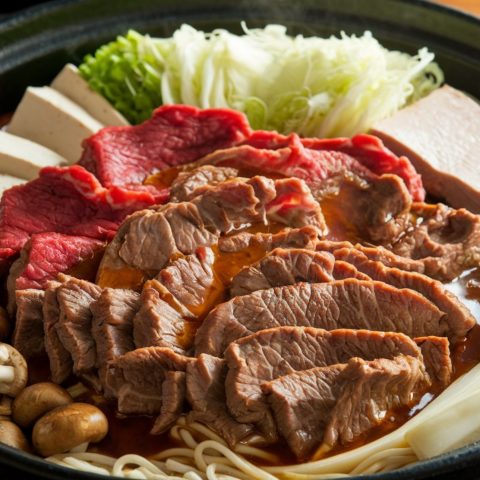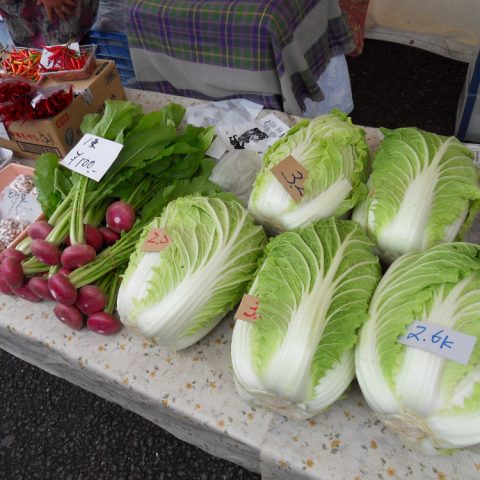
When you decide to start cooking Japanese Food in your kitchen, you realized that just having the best ingredients is not enough if you want to prepare a good meal.
Since I was a kid, I’ve been fascinated by Japanese gastronomy. My mom always reminds me that when I was in middle school, I used to eat my meals with long toothpicks, pretending they were chopsticks. I was regularly trying to make Onigiri using Italian rice, with unsuccessful results.

These small things made me realize how Japanese Culture was something so far from me. I decided to start to learn more, focusing on the field I was most fascinated about: food.
Japanese cuisine
After all my reading, cooking and most of all, eating, I can say that this cuisine has important core principles like healthiness and understanding what is essential.
Great balance, variety in flavor and texture big use of seasonal vegetables … Japanese Cuisine is a celebration of food where all the sense plays an important role. Every meal, also a really simple one, is always presented with love and care, making it delicious just smelling or looking at it.

But like all the great cuisine in the world, there are important (non written) rules that we should know in order to reach the aspirated result.
For example, have you ever heard about Sa-Shi-Su-Se-So?
さ・し・す・せ・そ
When I started cooking and writing my blog, my boyfriend the person who introduced me to this method.
This 5 part Japanese acronym stands for the 5 most popular seasonings you can easily find in every Japanese kitchen.
SA > Sato (砂糖) > Sugar
SHI > Shio (塩) > Salt
SU > Su (酢) > Rice Vinegar
SE > Seuyu (醤油) > Soy Sauce
SO > Miso (味噌) > Miso
The use and combination of these ingredients allow you to create the most popular dressings and sauces, and are something you should have in your pantry if you want to add Japanese meals in your dining and cooking plans.
The order you pronounce them is not casual. This order represents the intensity of taste (light to strong) and the level of “susceptibility to flavor changing ” once they are exposed to heat. Let me be more clear;

SA > Sato (砂糖): you should always use sugar first. It will help you get the desired sweetness to your dish and, in case of excess, can still be corrected.

SHI > Shio (塩): salt is our best friend. It helps you control the moisture in vegetables, eliminate the smell of fish and can be used to control the sweetness of your dish.

SU > Su (酢): rice vinegar works with salt in the control of moisture. It is also the perfect ingredient if you want to give some savory flavor to your dish.

SE > Seuyu (醤油): before turning off the flame, add soy sauce for a last strong taste and let it cook just for a few minutes.

SO > Miso (味噌): as with soy sauce these two ingredients have something in common: fermentation. Exposure to heat can create a strong change in flavor, so add after turning off the flame.
These ingredients are for sure the basic ones we should have in our pantry before starting to cook Japanese food, but, as you probably know, they are not the only ones.
For example, have you ever heard of Mirin and Sake? Still, these two seasonings are really important in the making of soup or other dishes. They are able to give that sweet taste to your dish without being too intrusive.
When you should use them? Though their purpose is really similar Sake should be added first (before the sugar), Mirin should be used at last, after Miso.
A celebration of food
Japanese Cuisine is created with patience, timing, technique and experience.
“I do the same thing over and over, improving bit by bit. There is always a yearning to achieve more. I’ll continue to climb, trying to reach the top, but no one knows where the top is.” (Chef Jiro Ono – Owner of a Three Michelin Sushi Restaurant in Tokyo).
We cannot all be like the Master Jiro Ono, but in our own small way, we can experiment with new cuisines, trying new dishes and learning new things every day. We should start from buying seasonal and good ingredients and improve by following some basic rules.
Sa-Shi-Su-Se-So is a starting point and It helps you to get the best from the Japanese seasonings you are using. It takes time, but the pleasure you will get when all the combinations of work, is the best!
Try and let me know what you think!



